
A team of investigators at McMaster University in Toronto has found that fluvoxamine reduced hospitalizations by up to 30 percent.

A team of investigators at McMaster University in Toronto has found that fluvoxamine reduced hospitalizations by up to 30 percent.
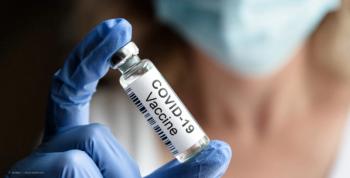
A team of UK researchers further examine the rare thrombocytopenia and thromboembolic events occurring after COVID-19 vaccinations.

Ian Han, MD, shares his thoughts in the latest guest editorial.

According to McKinsey’s Hospital Insights Survey, hospital outpatient and procedural volumes were nearly 4 percent higher in July compared to 2019, but ophthalmology was down during the same period.
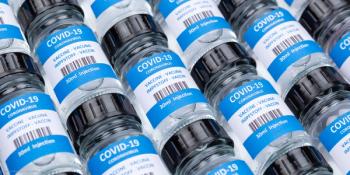
The approval could lead hospitals, universities, corporations and even local governents to enact vaccination mandates.
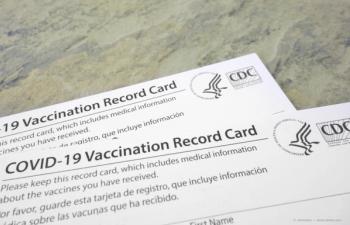
The American Academy of Ophthalmology issued a guidance this week requiring all in-person attendees at its annual meeting Nov. 12-15 in New Orleans to show proof of COVID-19 vaccination.

Investigators study the systemic adverse physiologic effects of the virus that causes COVID-19.
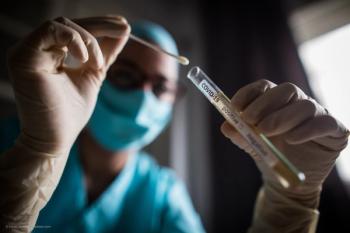
Scientists have developed a new approach that is less complex and does not require extracting the genetic RNA material of the virus.

CAM’s regenerative healing means long-term relief and fewer visits to clinic.
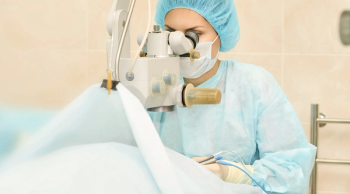
According to the Refractive Surgery Council, patients continue to have a high level of interest in laser vision correction procedures.
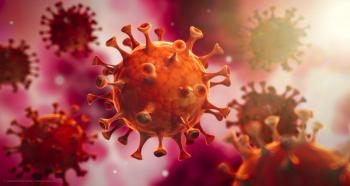
Llama nanobodies may be key to beating COVID-19 variants.

Telemedicine provides readiness in time of crisis.
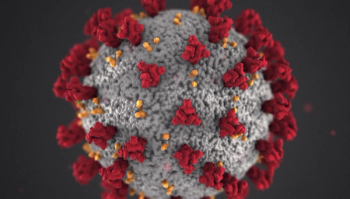
The study's finding suggest that the particles may be involved in some of the ocular clinical manifestations of the COVID-19 infection.

Investigators have found that optical coherence tomography findings could prove to be a diagnostic tool for COVID-19.
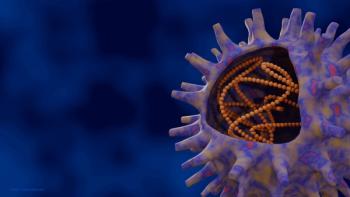
A team of investigators used corneal confocal microscopy to identify corneal nerve damage in cases of long COVID.

A new report has found that glaucoma specialists’ procedure of choice has changed as a result of the COVID-19 pandemic.
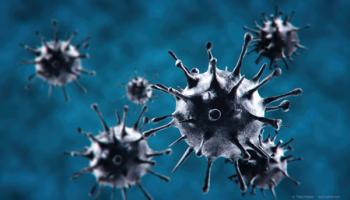
Australian researchers reported investigating the potential use of CRISPR, the gene-editing technology, to stop SARS-CoV-2 virus transmission in infected human cells.
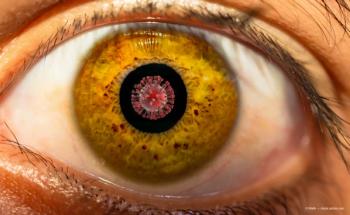
A team of investigators has found that the retina could offer signs of possible COVID-19 infection before they appear in other parts of the body.

The primary barriers to COVID-19 vaccine development are manufacturing constraints.

Physicians in India have reported 7,200 documented cases of mucormycosis infections in patients with severe COVID-19 infections.

The American Medical Association recently announced policies adopted by physician and medical student leaders from all corners of medicine on the final day of the Special Meeting of the AMA House of Delegates.

In an observational study, investigators are looking at the role of antibody secreting plasmablasts and GC B cells induced by the COVID-19 vaccines.

MedShr Insights has developed an early warning system that applies natural language processing, artificial intelligence, and machine learnings.

The American Medical Association is advocating equitable resource distribution of vaccinations to assist low-income countries.
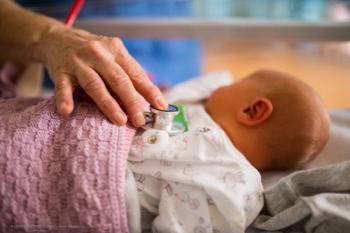
According to investigators, infants may have an edge over adults, with babies demonstrating a stronger immune response to the SARS-CoV-2 virus.